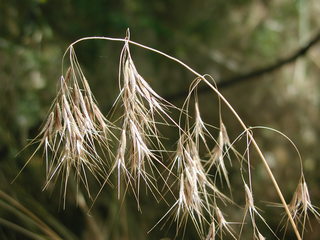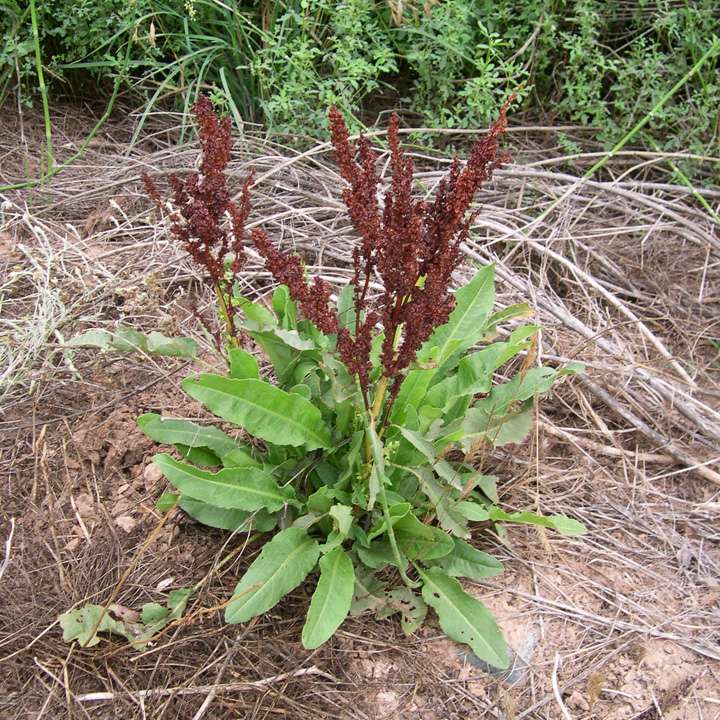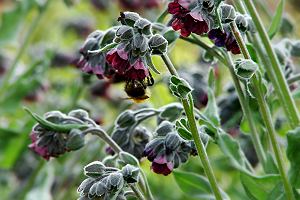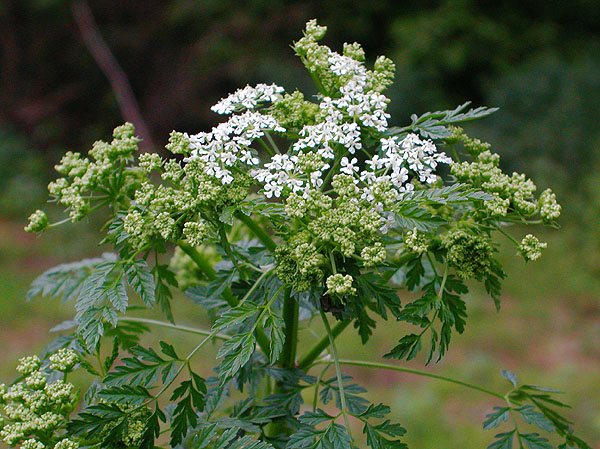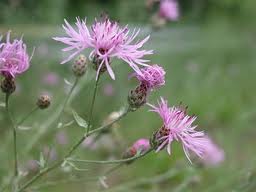A weed is a plant that is not desirable. Some plants that people would call weeds are not considered weeds at PCEI because the plant is native to the Palouse, such as stinging nettle (Urtica dioica) or Palouse thistle (Cirsium brevifolium). Both of these plants can be found at the Rose Creek Nature Preserve.
Not all weeds are considered noxious weeds. What is a noxious weed?
Below are weeds common to the Palouse prairie region. Many weeds are allowed to flower but not seed at PCEI’s restoration sites so that the flowers can benefit the insects of the area.
Common Weeds
Cheatgrass / Downy brome (Bromus tectorum) – Originally from Asia, this annual grass with nonrhizomatous roots out-competes native Palouse grasses. Can grow 1-2 ft tall. Cheatgrass also adds to fuel loading in the hottest parts of the year as the plant dies off earlier than native plants.
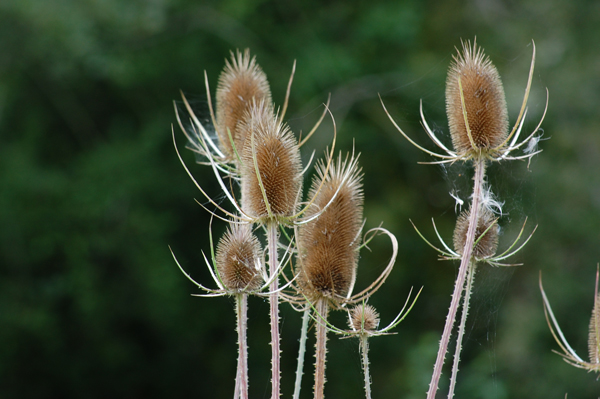
Common teasel (Dipsacus fullonum) – Native to Europe, this weed first made headway into the US in the 1800s. This plant crowds out native species in the Palouse. A biennial, this plant is only a small rosette in its first year, and grows into a large-stalked spiny plant in the second year.
Common mullein (Verbascum thapsus) – A biennial that can grow 10 ft tall in its second year and thrives in disturbed landscapes and dry gravel-based soils. Originally used in the US for medicinal purposes. Each flower on the plant is only open for one day and can self-pollinate. Leaves are hairy, giving them a grayish-green appearance.
Curly dock (Rumex crispus) – Can be easy to spot in autumn for its distinctive dark red coloring – the stem and seeds are dark red starting as early as July. The flower stalk of the plant can grow about 3 ft high. Curly dock is native to Europe and western Asia.
Houndstongue (Cynoglossum officinale) – Native to Europe, houndstongue is toxic to livestock. Either a biennial or perennial that grows up to 3 ft tall. Flowers are a reddish-purple and produce 4 roundish seeds that have hooked hairs that allow the seed to attach to fur or cloth. Usually found in disturbed areas, such as roadsides, pastures, and wet grasslands. Categorized as noxious.
Poison hemlock (Conium maculatum) – The plant that killed Socrates (poisoning comes from ingestion), this plant is highly toxic to humans and animals upon ingestion. Can grow up to 9 ft tall, supported by a large white taproot. First-year rosette starts with small shiny triangular green leaves; upper stem leaves are similarly shaped but smaller. Flowers are small, white, and occur in umbrella-shaped clusters. Fruit is flat and gray-brown, splits in half, and contains one seed each. Found in disturbed, wet sites, riparian areas, pastures, and ditches. Categorized as noxious.
Rush Skeletonweed (Chondrilla juncea) – A perennial plant with yellow, dandelion-like flowers. Seeds have white plumes, and this plant can spread by seeds or roots. The plant can grow up to 4 feet tall. Grows easily on roadsides and disturbed and cultivated land. Young rush skeletonweed can resemble knapweeds. Categorized as noxious.
Tansy ragwort (Senecio jacobaea) – Native to Europe and Asia. This plant is poisonous to some animals, particularly if the alkaline toxins accumulate. Tansy ragwort is known to cause liver damage in horses, cattle, goats, and sheep. Can grow up to 4 ft tall. Flowers are daisy-like, yellow with brown centers, occurring in dense clusters at branch tips. Seeds are light brown, ribbed, with a hairlike plume. Leaves are dark green and smooth on upper surface, with a hairy underside. Found in pastures, riparian areas, roadsides, and forests. Categorized as noxious.
Spotted knapweed (Centaurea stoebe) – Native to Europe and can produce up to 25,000 seeds per plant. A biennial or perennial with branching stems. Can grow up to 3 ft tall and has a strong taproot. White or pink-purple flowers occur individually on ends of branches. Seeds are brown (dark or tan) with plumes on one end. Found in rangelands, dry meadows, pastures, sandy or gravelly floodplains, and roadsides. Categorized as noxious.
Western salsify / Goatsbeard (Tragopogon dubius) – A biennial in the aster family. Salsify has a deep taproot and grass-like leaves. Seeds have parachutes similar to dandelions. Stems are thick and contain milky sap. Can grow up to 3 ft tall. Flowers are yellow and dandelion-like. Can grow in many soil types and habitats, often found in waste areas, rangelands, and roadsides.
Bull or Spear thistle (Cirsium vulgare) – A biennial thistle growing 2-7 ft tall. The plant is a rosette in the first year, with flowering stems growing in the second year. The flower is a pink-red color.
Canada or Creeping thistle (Cirsium arvense) – Native to Europe and Asia, this perennial came to America in crop seed. This thistle is mostly a problem on cultivated land, rangeland, and roadsides. This thistle can grow 3 ft tall with purple-pink disk flowers in clusters. Spines are on the edges of dark green smooth leaves; underside is a lighter green with woolly hairs. Categorized as noxious.
Images from discoverlife.org | commons.wikipedia.org | fs.fed.us | malag.aes.oregonstate.edu | swbiodiversity.org | thepoisongarden.co.uk | wnmu.edu
